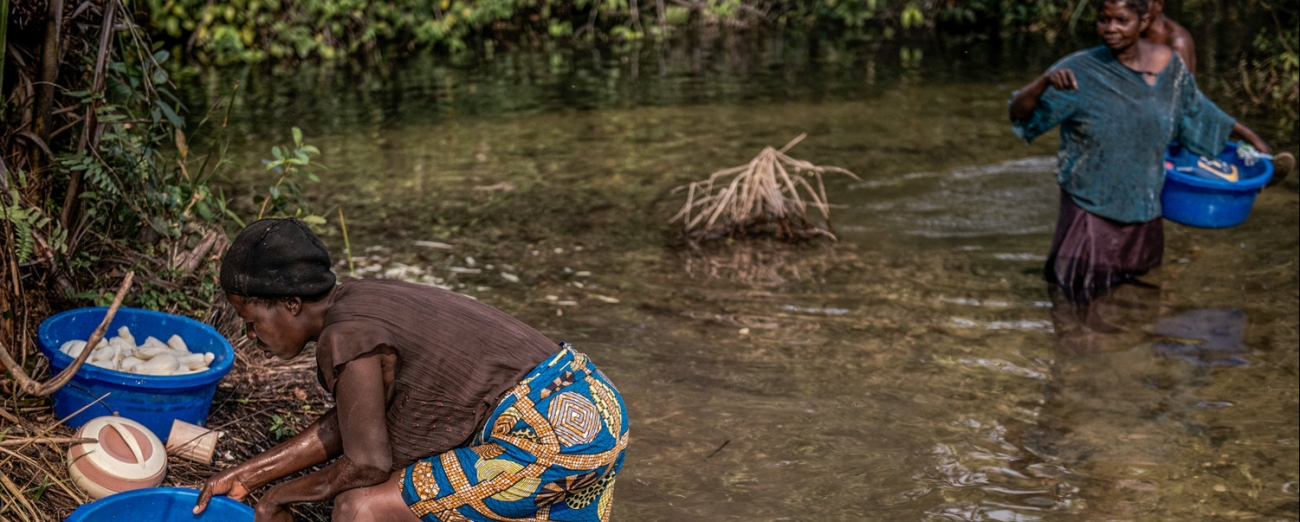Preventing Konzo from Toxic Cassava in the Democratic Republic of Congo


Konzo is a neurological disability, a sudden-onset, partial paralysis of the legs that results from ingesting the cyanide in improperly prepared bitter cassava root, a staple food source for millions of people in drought areas of central and western Africa. Victims of konzo simply wake up one morning unable to walk. The name means "tied legs" in the Yaka language of southwestern Congo, referring to the awkward knock-kneed stance it produces in survivors lucky enough to be able to use their legs at all.
There is no known cure for konzo. However, it is entirely preventable. All you have to do is detoxify the cassava. Water and sun can do that through fermentation and evaporation. Communities have found over time that when cassava roots are soaked in water for several days and allowed to dry in the sun before being ground into flour, the toxic compounds break down and no longer pose a threat to consumers.
Over the last 20 years, Dr. Boivin has pioneered in the standardization of this technique, now known as the wetting method, to effectively prevent konzo disease in vulnerable populations. Through past and ongoing research, Dr. Boivin has implemented teaching schemes for the wetting method and provided parenting training for caregivers to enhance adherence to the wetting method and stimulate early child development